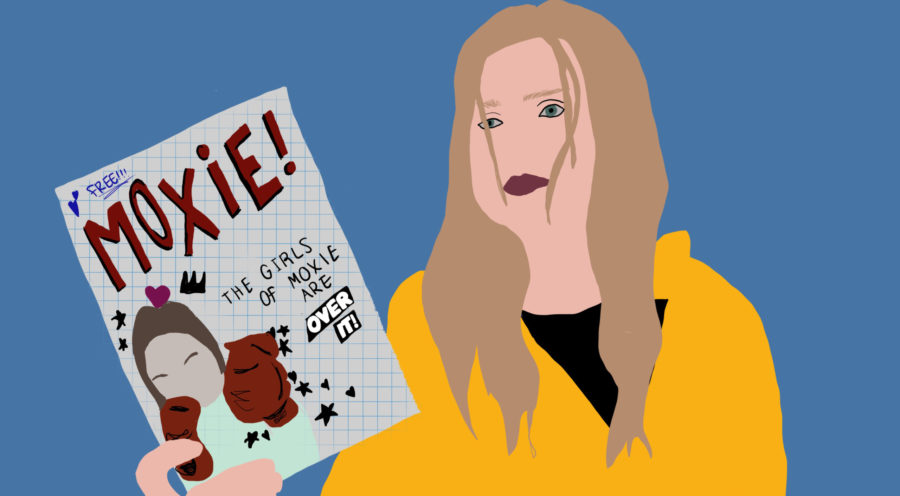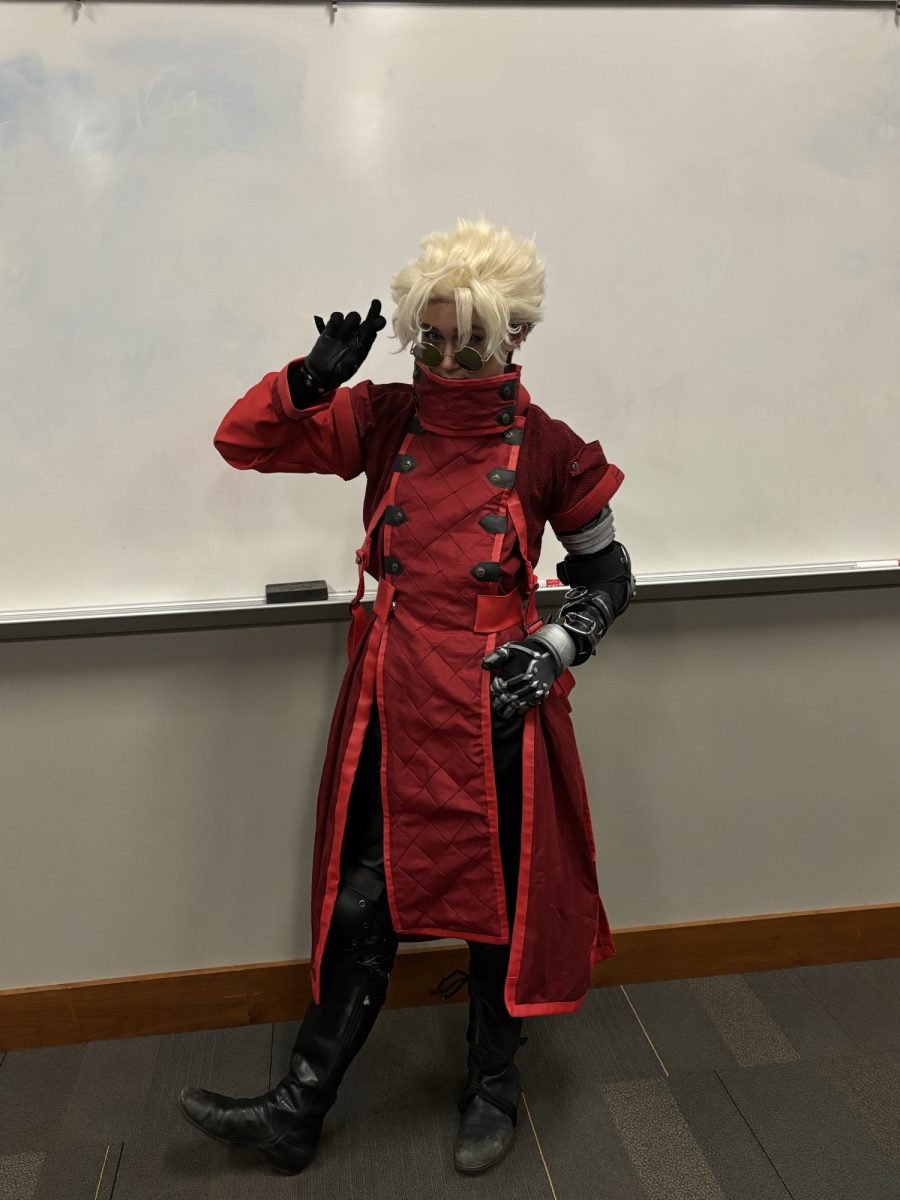Amy Poehler’s ‘Moxie’, released on March 3, looks to Riot Grrrl legends like Bikini Kill’s Kathleen Hanna for a DIY approach to a feminist revolution. However, ‘Moxie’ fails to learn from Riot Grrrl’s mistakes and doesn’t consider its target audience, ultimately falling flat.
The Riot Grrrl movement, founded in the early 90s, was a response to the sexism and abuse women faced in the punk music scene. The band Bikini Kill was at the forefront of this movement, and ‘Moxie’ references the band multiple times throughout the film, looking to their DIY zines as a form of guidance. These zines discussed issues beyond the surface of “women are treated unfairly”, instead talking about issues of racism, classism, abuse and how these played a role in negatively affecting the lives of women. ‘Moxie’, however, only ever focuses on the issue of “women are treated unfairly”.
‘Moxie’ focuses on Vivian (Hadley Robison), a high school girl struggling to write a perfect college application essay. She isn’t sure what she is passionate about, which serves as a stark contrast to her mother, Lisa (Amy Poehler). Lisa was very involved in the Riot Grrrl movement when she was in school and would protest any and every injustice with her friends.
This later inspires Vivian when the new girl at school, Lucy (Alycia Pascual-Peña), tells her about how a boy at school is harassing her. Vivian decides to create her own Riot Grrrl-esque zine called “Moxie” that discusses the injustice girls face at their high school. “Moxie” then becomes a school club that gives girls a space to discuss the sexism they deal with.
The film critiques the male gaze, patriarchal standards and sexism in the classroom setting, yet it merely scratches the surface of what it means to have a true feminist revolution. It mentions the need for intersectionality, yet is not intersectional. It’s as if the writers read one Riot Grrrl era zine and decided they knew enough to make a movie about it.
The film also fails to realize that its audience is already aware the world is unkind to women. Women have become increasingly outspoken about the abuse and sexism they face everyday, especially after the #MeToo movement. Conversations about issues in ‘Moxie’ take place constantly nowadays. We’re far beyond the surface level of this topic, but that’s the only thing ‘Moxie’ seems to focus on. Sexism and misogyny is so much bigger than “women being treated unfairly”. The film isn’t groundbreaking by any means, and it has absolutely nothing new to contribute to the conversation.
‘Moxie’ also fails to realize that its side characters are far more interesting than Vivian. Lisa mentions at one point that her protesting days were far from perfect. Her feminism wasn’t intersectional, and she constantly fought with her friends instead of fighting injustice. This short scene shows Lisa as a far more interesting character than Vivian. She is still a feminist, but her feminism has changed a lot to accomadate different perspectives and issues.
The same can’t be said for Vivian. The Moxie club included girls of other races than Vivian, and Moxie itself is published anonymously. However, Vivian acts as the sole voice of Moxie, as she is the only one who contributes to the zines. It doesn’t matter how many diverse girls you have in your group. If your only representative is a white girl, your group isn’t intersectional. It’s as if Moxie writes feminist lines in the script, but doesn’t actually believe in them.
‘Moxie’ maybe would have been a groundbreaking film ten years ago, but in today’s age, it is incredibly outdated. It brings nothing new to the table, yet still acts as if it is revolutionary. Save your time and watch something that has something new to say.

























